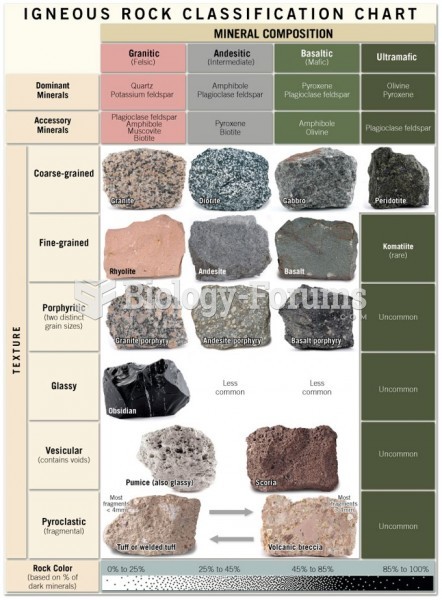|
|
|
If you could remove all of your skin, it would weigh up to 5 pounds.
On average, the stomach produces 2 L of hydrochloric acid per day.
Human kidneys will clean about 1 million gallons of blood in an average lifetime.
In the United States, congenital cytomegalovirus causes one child to become disabled almost every hour. CMV is the leading preventable viral cause of development disability in newborns. These disabilities include hearing or vision loss, and cerebral palsy.
Though newer “smart” infusion pumps are increasingly becoming more sophisticated, they cannot prevent all programming and administration errors. Health care professionals that use smart infusion pumps must still practice the rights of medication administration and have other professionals double-check all high-risk infusions.







